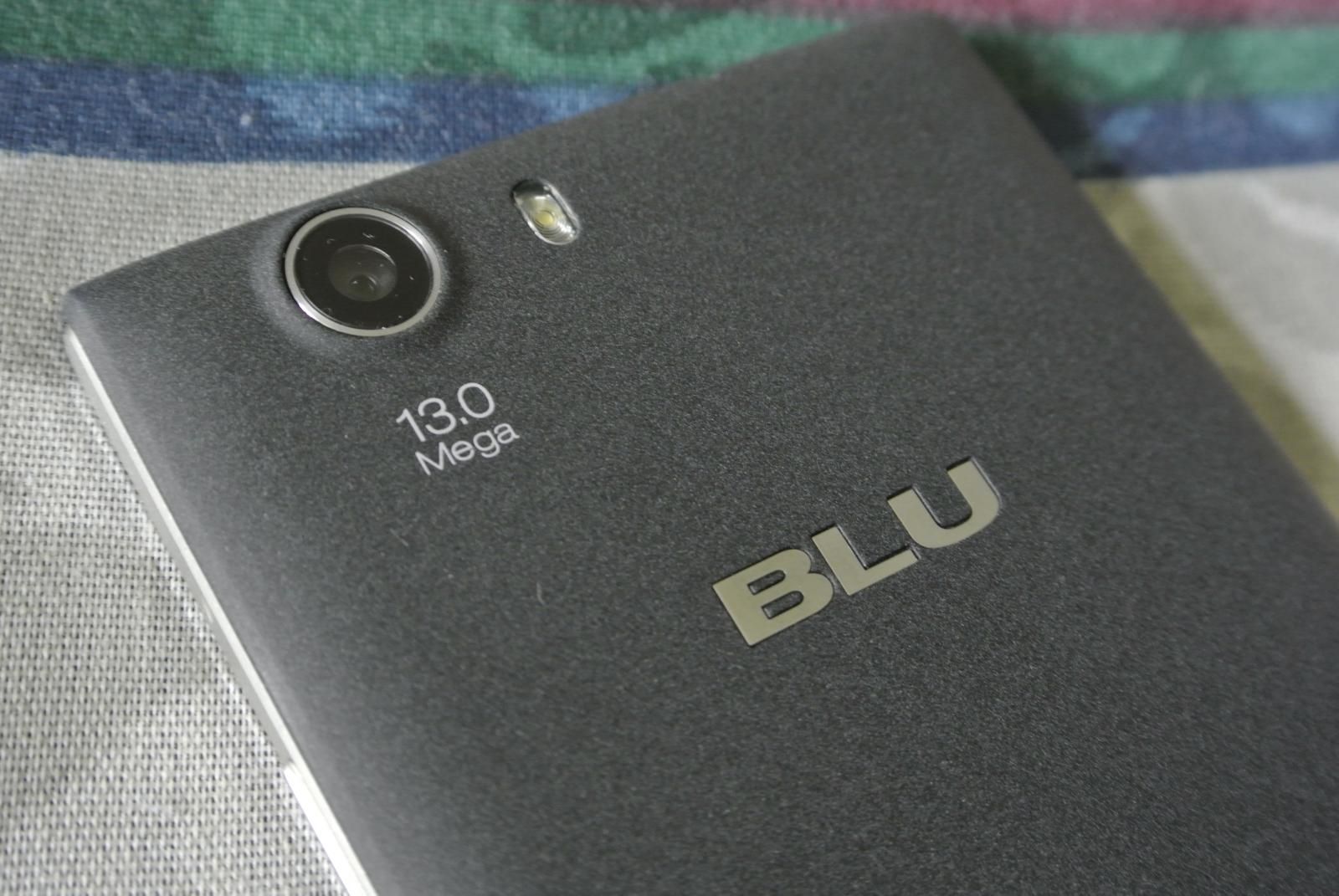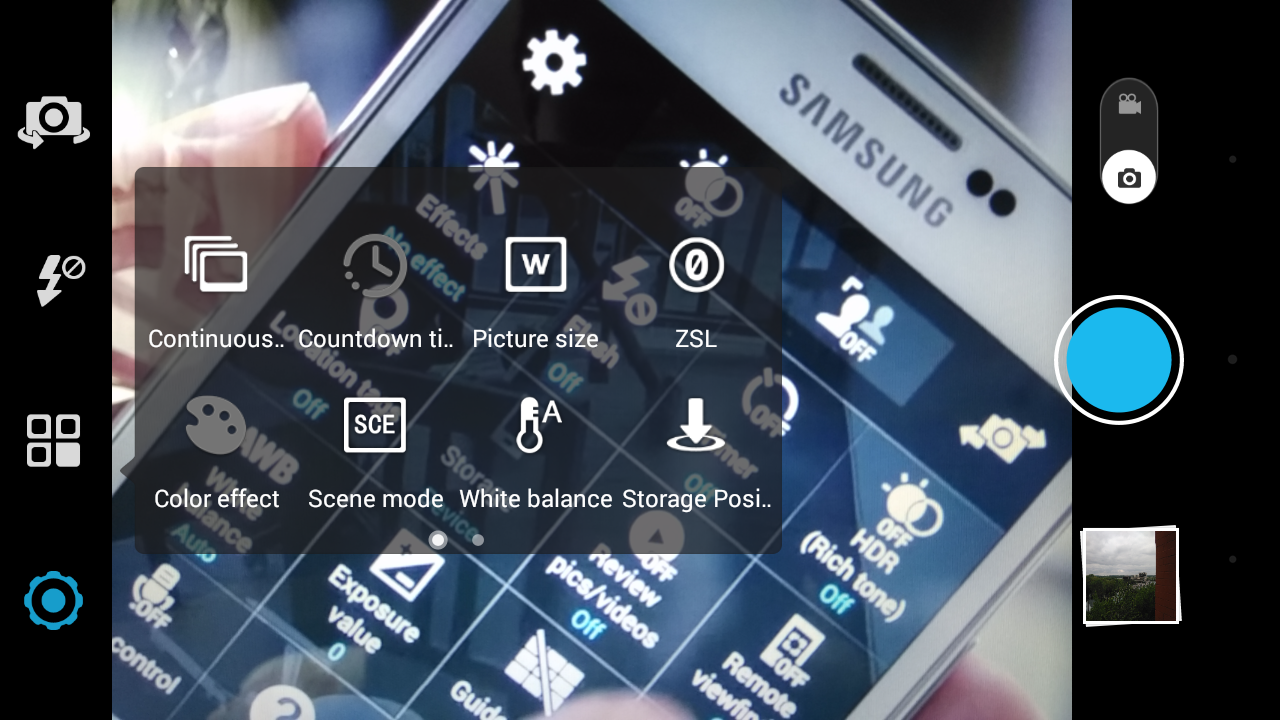Ahh, BLU. They might buy other manufacturers’ devices wholesale, but they do give their darndest to refine them down in sunny Miami, Florida. We’re going to find out if their refinements have equipped their latest flagship, the BLU Life One, with a good camera. Keep in mind that this device is retailing on Amazon for nearly $150 with a special pre-sale rebate of $50 going on until June 15th, so we’re looking for bang in those bucks.
The Life One’s Sony IMX135 sensor is a familiar one to Motorola Moto X 2014 owners. The 13 megapixels (4160 x 3120 effective output) are spread over a 1/3.06″ layout. The IMX135 has a track record dating back to April 2013 and was even on the LG G2’s module.
Thing is, though, we lauded the G2’s imaging prowess while the Moto X gave only a fair performance. Remember, it’s not just the hardware, but what you do with it in software. That’s the tightrope we see BLU walking here.
Photo samples
The pictures you see below were taken on June 2nd and 3rd, getting out of a stretch of rainy weather, mostly in using auto settings. Manual settings are split between two panels of eight. It can take a few good seconds swiping away at those panels and menus to get the parameters you’re looking for.
Given good lighting conditions, most colors are accurately represented here, especially punchy ones. Details are decent, though if you have any dark areas in your viewfinder, chances are that some nasty noise might blunt them a little bit. Lower contrast areas in real life tend to drag down tap-exposure sensitivity. That can be fixed with HDR and the Life One does a smart job mixing exposures. It saves a standard exposure copy along with the HDR picture per snap.
Of course, getting in close to 100% crop might make you grimace with p
All of that sounds okay, but the screech to the chalkboard comes with speed, or lack thereof. Focusing between near and far objects takes around a second, with somewhat sluggish autofocus in general. Shutter lag turns out to be a real problem for tracking objects and it doesn’t help that the continuous shooting comes out to roughly 2 fps. The “Zero Shutter Lag” mode helps the situation only slightly. Snapping an HDR pic can take around 4 seconds, compared to 2.5 on my HTC One M8. All of these speed bumps add up quick, so remember that if you’re shooting for memories and fast, you’ll have to keep up with this camera first.
You may notice a lack of excitement in the effects department. It’s not that they’re not my style, but that BLU has limited them down to mostly hue and saturation presets (Sepia, Emboss, Aqua). Nothing particularly outstanding there.
Low light is where you have to be still to grab anything worthwhile. Very. Still. The BLU Life One has a night mode which just locks the flash position to auto (for our purposes, “on”). Once again, HDR is your friend. On the bright side, the processing handles noise well enough, with murky focus areas faring slightly worse. Otherwise, these results just aren’t impressive by any stretch of the imagination.
You’ll get 5-megapixel selfies with the front-facer and some disturbing babyface if you decide to ramp up the beauty mode on this thing.



